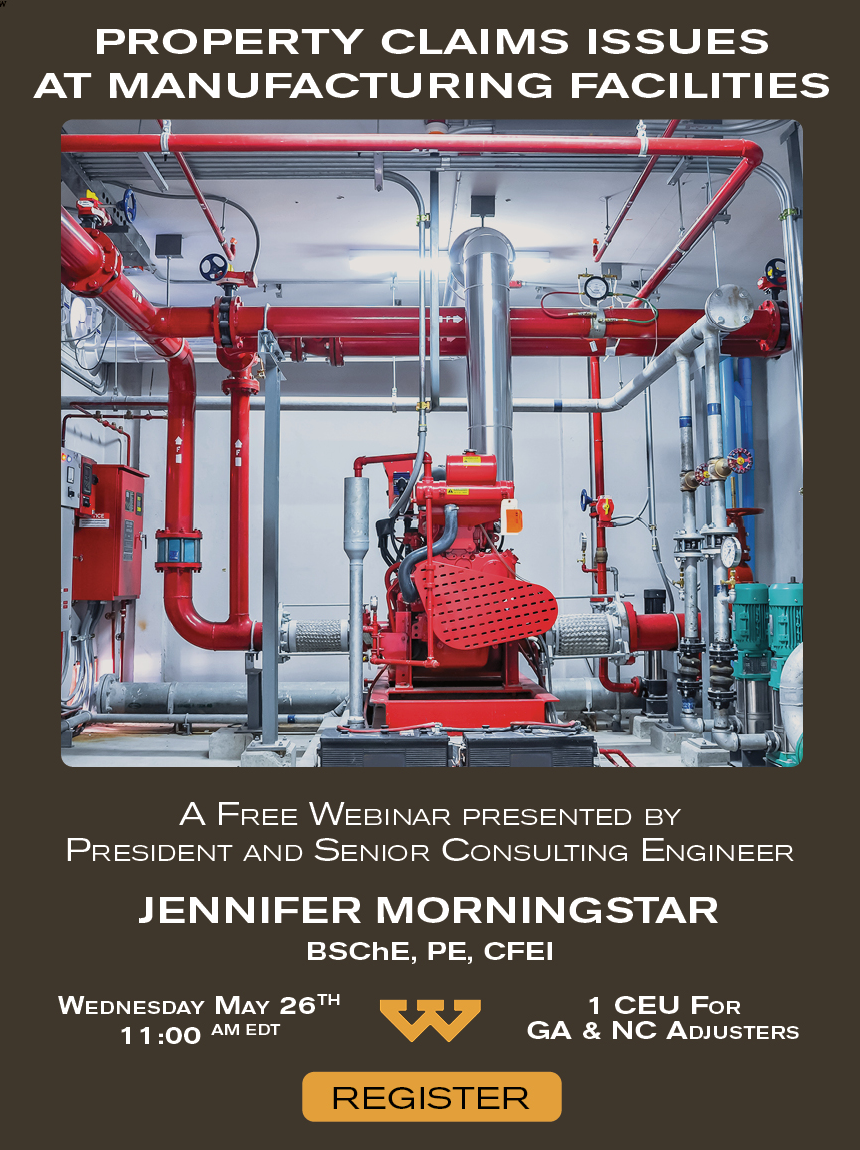FORKLIFT Etiquette: DON’T BE A LOUSY TIPPER!
Leave a CommentThat is always good advice to follow if you are a forklift driver! Operating a forklift can be a dangerous occupation. There are approximately 1 million forklifts (powered industrial trucks) in the US workplace today, and it is estimated that just over 10% of those are involved in some type of accident every year. Forklift accidents result in dozens of deaths and thousands of non-fatal injuries annually. About one out of every four of those accidents involves a tipping or overturning forklift, making this the most common type of industrial truck accident. (more…)




